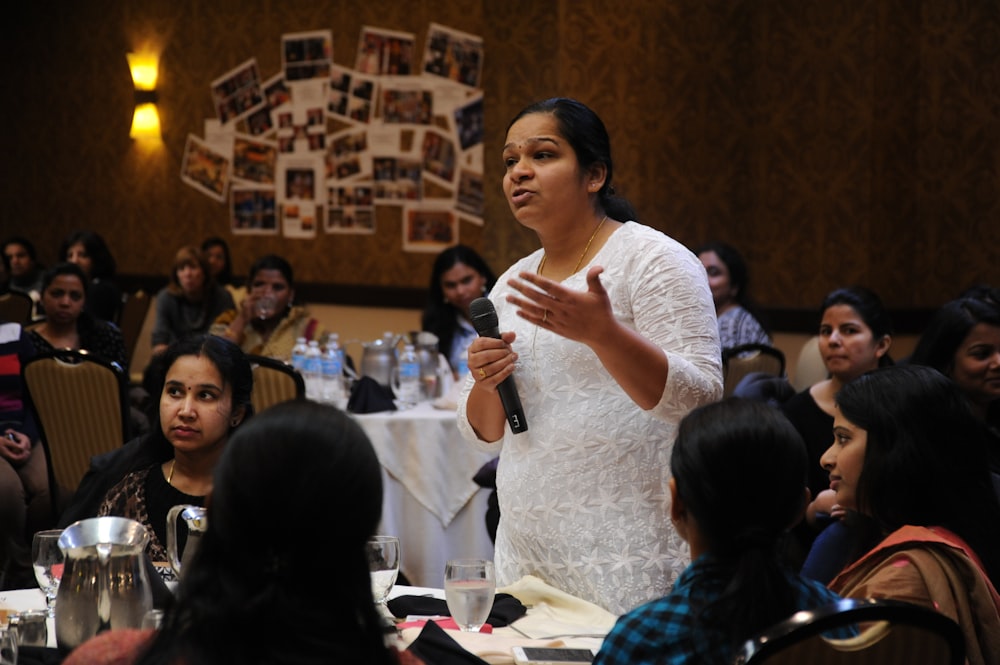Not Just WordPress
 In the web world, WordPress is prominently used to create and design websites, but it’s important to note that it is not the only content management system to utilise.
In the web world, WordPress is prominently used to create and design websites, but it’s important to note that it is not the only content management system to utilise.
Drupal is highly regarded as one of the best website frameworks available and is rapidly gaining adoption all over the globe.
WordPress was originally developed as a blogging tool whereas Drupal was designed as a platform which covers many bases, including, but certainly not limited to, blogs.
There are now over 570,000 people in 228 countries using Drupal around the globe. Notable websites using Drupal include The United States Whitehouse, , National Business Review, NASA, New Zealand Government and many more.
However Drupal isn’t made for large websites alone, it caters to many organisations varying from small to medium business websites, not-for-profits and personal blogs.
Drupal is an open-source, community-built website development tool which allows users to easily update and manage website content without a lot of technical know-how.
The framework uses a point-and-click interface so website owners or managers can add pages, menus, images and file uploads and it enforces security, so you can apply permissions to different kinds of users.
One of Drupal’s key strengths is its user friendly capabilities which enable a web designer or business owner to create and alter their website so it suits their requirements and needs.
Drupal incorporates modules into their framework which are ultimately used to customize and extend a website.
This means the Drupal framework is very scalable. As your website grows, custom features are easily added using these modules which are often available at no cost.
For example, like many other smart businesses, you create a Twitter account. There is an existing module to integrate Twitter so your latest updates can also appear on your website.
Because Drupal is open-source your whole website belongs to you. With propriety systems used by some website developers you never have complete ownership of your website as the “backbone” of the website is owned by the developers.
With Drupal, your website’s appearance and content are stored separately. This means that should you wish to change the look of your site, for example you rebrand your business, then only a new theme needs to developed as opposed to the whole website.
Drupal was created at the start of the new millennium and has since grown in leaps and bounds. In January 2011, Drupal announced their latest release, Drupal 7 which includes many new and improved features to make life a little easier when creating and updating your website.









